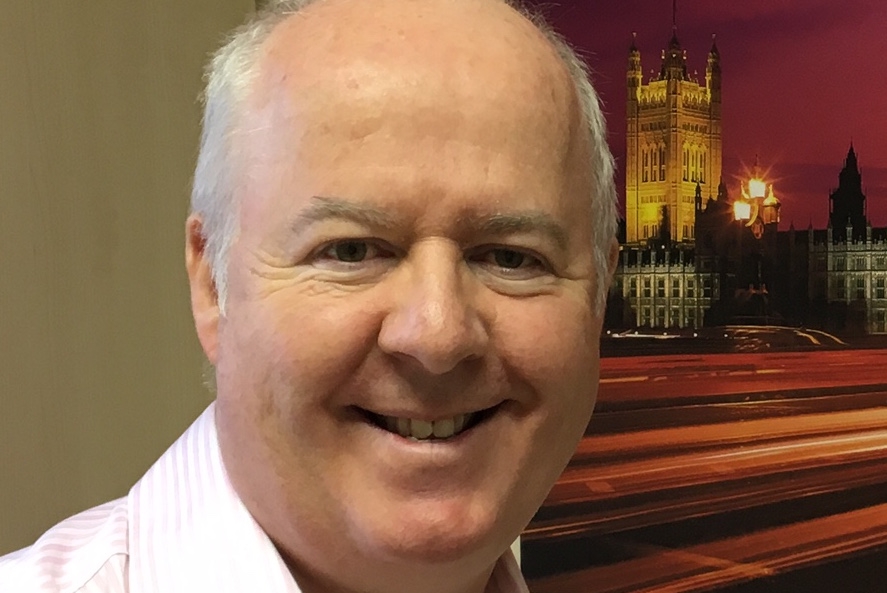
- Home
- News
Editor's Column: Cashflow Modelling works but not for all

The debate on the value of Cashflow Modelling as part of ‘true’ Financial Planning has become a heated one, as we’ve discovered on Financial Planning Today.
A few weeks back we ran a poll on Cashflow Modelling and nearly 250 readers responded. Four out of five voted in agreement with the view that Cashflow Modelling is essential to true Financial Planning but one in five voting agains, provoking a lively debate on the merits of Cashflow Modelling.
Our columnists, the outspoken Financial Planner and Prestwood director Julie Lord, Financial Planner Martin Bamford and Campbell Edgar, head of Financial Planning have all contributed perceptively to the debate and we’ll be running a special report on the subject in the next issue of our Financial Planning Today magazine due out in November.
Quite a few people have asked me for my view. I am perhaps in the unusual position of being both a journalist writing about the topic and Financial Planning for many years and a former client of several Financial Planners who have used Financial Planning Cashflow Modelling.
I have, in principle, always viewed Cashflow Modelling as something of a good idea for a number of reasons but I don’t believe it’s always essential.
I’ve been covering the financial intermediary market for over 20 years and I well remember the sales-oriented, commission-hungry days which marked the ‘Jurassic’ era of the IFA sector.
Looking back it was no surprise that many financial ‘advisers’ who had commonly come from a life insurance sales background, as many early IFAs did, would see financial advice as another form of selling. Most would have had no idea what Cashflow Modelling was.
When I first heard of it, I was intrigued and looking into it further I saw how it fitted in well with the Institute of Financial Planning’s ethos, the IFP’s six steps of Financial Planning approach, understanding the client properly and so on. Within this context Cashflow Modelling makes perfect sense. It provides level of advice ‘science’ which I had always believed was missing from the financial advice process.
So far so good. Having gone through the process myself it is labour-intensive, slow, subject to human error and perhaps too complex. It may also give a false sense of security for those who go through it. Making forecasts about anyone’s financial position in 10 or 20 years time will always be subject to some, at times, unrealistic conjecture.
For all its faults, it is, however, by far the best approach in my view for most clients, forces clients to confront the reality of their financial situation around which meaningful advice conversations can take place and is the nearest thing to a ‘scientific approach’ in the financial advice sphere. In short, it’s not perfect but it’s better than most of the alternatives. There doesn’t seem to be another approach which actively engages the client in thinking deeply about their financial future.
Where I part company with some of the Cashflow Modelling evangelists is that I believe it’s too expensive and too complex for many clients and many situations, pushing up the costs of decent Financial Planning unnecessarily.
It can be like insisting the client buys a Bentley when they just want a Fiat 500 to run around time. It’s not always the right tool for the job.
Clients on more modest means who just want a quick assessment of their life assurance needs after the birth of a child or a pension health check neither need, nor probably can afford, full Financial Planning. For these clients a planner insisting on full Cashflow Modelling can be placing barriers to new client acquisition.
To move forward Cashflow Modelling needs to develop with greater flexibility, providing answers in, perhaps more limited scenarios. Not all clients want or need full holistic Financial Planning. Cashflow modelling is a great tool but it needs to be tailored to the evolving needs of modern clients.
Kevin O’Donnell is editor of Financial Planning Today and a financial journalist with over 20 years of experience
Email: This email address is being protected from spambots. You need JavaScript enabled to view it.
